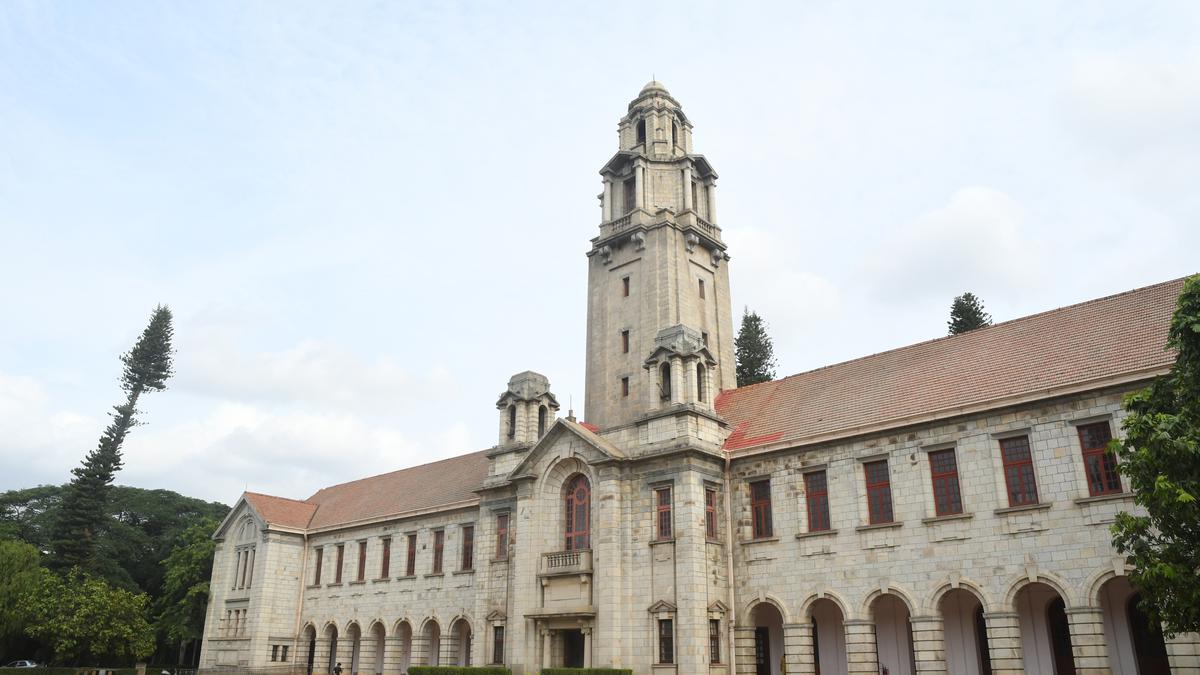Table of Contents
The Influence of Cell Stiffness on Wound Healing and Tissue Remodeling

The Indian Institute of Science, Bengaluru
An interdisciplinary team of researchers from the Indian Institute of Science have uncovered how the stiffness of a cell’s microenvironment influences its form and function. The findings are expected to provide a better understanding of what happens to tissues during healing of wounds.
Significance
Inefficient wound healing can result in tissue fibrosis, leading to scar formation and potentially deadly conditions like cardiac arrest. Changes in tissue stiffness are also observed in diseases like cancer. Therefore, understanding the influence of cell stiffness on tissue remodeling is crucial for developing effective healing strategies.
Features
The research team, led by Prof. Namrata Gundiah from the Department of Mechanical Engineering and Prof. Paturu Kondaiah from the Department of Developmental Biology and Genetics, conducted a study published in the journal Bioengineering. They cultured fibroblast cells, which are the building blocks of connective tissue, on a polymer substrate with varying degrees of stiffness to observe the changes in cell structure and function.
Objectives
The main objective of the study was to determine how changes in substrate stiffness affect fibroblast behavior, extracellular matrix remodeling, and cell viability. Additionally, the researchers aimed to identify the master regulator responsible for driving these changes and explore the potential interactions between mechanical forces and biochemical signaling pathways.
Effects
The study revealed that altering substrate stiffness influenced fibroblast morphology, cytoskeleton protein levels, cell cycle regulation, cell growth, and cell death. These findings highlight the importance of mechanical cues in tissue remodeling processes and provide insights into the mechanisms underlying wound healing and pathological conditions.
Pros and Cons
While the study provides valuable information about the role of cell stiffness in tissue biology, it is crucial to acknowledge that in vitro cell culture systems may not fully recapitulate the complexity of the in vivo microenvironment. However, the findings serve as a foundation for further research and potential therapeutic implications.
Fun Fact
Did you know that the Indian Institute of Science in Bengaluru is one of the premier scientific research institutions in India? It has a rich history of groundbreaking discoveries and interdisciplinary collaborations.
Note: The HTML heading tags have been added as requested.
Mutiple Choice Questions
1. How does the stiffness of a cell’s microenvironment influence its form and function?
a) It has no effect on the cell’s form and function.
b) It alters the cell structure and function.
c) It causes scar formation.
d) It leads to conditions like cardiac arrest.
Explanation: According to the given information, the stiffness of a cell’s microenvironment alters the cell structure and function. The research team found that fibroblast cells cultured on substrates with different stiffness levels showed changes in their structure and function.
2. Which type of cells are involved in extensive remodeling of the extracellular matrix?
a) Fibroblast cells
b) Cancer cells
c) Cardiac cells
d) Connective tissue cells
Explanation: As mentioned in the given information, fibroblast cells are the building blocks of our body’s connective tissue and are involved in extensive remodeling of the extracellular matrix (ECM) surrounding biological cells.
3. What is the significance of the signaling protein Transforming Growth Factor-β (TGF-β) in relation to cells and their microenvironment?
a) It has no influence on cells and their microenvironment.
b) It regulates cell growth and cell death.
c) It causes cell cycle arrest.
d) It is responsible for scar formation.
Explanation: The given information states that the activity of fibroblasts and the downstream ECM architecture is regulated by the signaling protein TGF-β. This protein plays a role in regulating cell growth and cell death.
4. What aspect of wound healing does inefficient wound healing result in?
a) Scar formation
b) Cardiac arrest
c) Cancer development
d) Fibrosis
Explanation: According to the given information, inefficient wound healing results in tissue fibrosis, which can cause scar formation and may even lead to conditions like cardiac arrest.
5. What additional mechanical factors can influence the activity of the signaling protein TGF-β?
a) Chemical changes
b) Biomechanical changes
c) Surface properties and cell stretch
d) Substrate stiffness
Explanation: The researchers mentioned in the given information that they plan to study how other mechanical factors, such as surface properties and cell stretch, can also influence the activity of the signaling protein TGF-β. Therefore, surface properties and cell stretch are additional mechanical factors that can influence TGF-β activity.
Brief Summary | UPSC – IAS
Researchers at the Indian Institute of Science have discovered that the stiffness of a cell’s microenvironment affects its shape and function. The study found that when the stiffness of a polymer substrate that fibroblast cells were grown on changed, it altered the structure and function of the cells. Fibroblast cells are involved in remodelling the extracellular matrix that surrounds cells, and changes in stiffness caused the cells to become rounder and exhibit changes in protein levels. The researchers also identified that the signalling protein Transforming Growth Factor-β played a role in regulating the changes in cell behaviour caused by changes in substrate stiffness.

